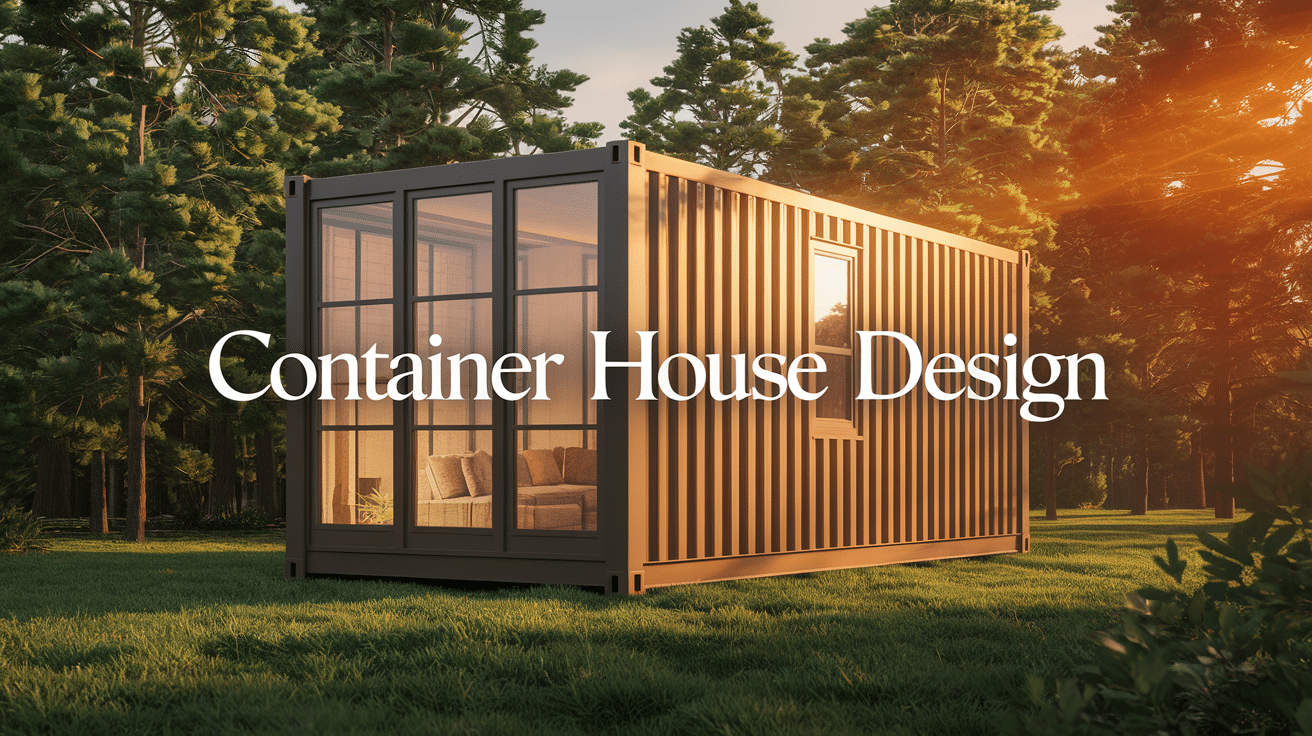Are you tired of traditional, expensive housing options? A shipping container home could be the innovative solution you’ve been searching for!
Many people now choose shipping containers as a cost-effective housing option. These sturdy steel boxes are well-suited for small living spaces or larger homes that utilize multiple units.
Their simple structure offers numerous design options.
This blog provides examples of various designs to help you plan your project. Additionally, a step-by-step process for building your container home is provided.
Ready to build an eco-friendly home that stands out? Keep reading!
Why Choose a Container House?
Container homes have gained attention recently for good reasons. These modified steel structures offer several benefits, making them an attractive housing option:
Resource Smart: By reusing shipping containers, you give new life to existing materials. This reduces the need for new building materials and minimizes waste.
Cost-Effective: Container homes often cost less than standard construction. The main structure already exists, which lowers labor and material costs.
Faster Building Time: With the main structure in place from the start, you can finish your home weeks or months sooner than with standard construction.
Strong Structure: Built from steel to handle ocean travel, these containers naturally make sturdy, lasting housing structures.
10 Creative Container House Designs to Inspire Your Build
Seeking innovative ideas for your container home project? These seven designs show what’s possible when thinking outside the box with shipping containers.
1. Modern Minimalist
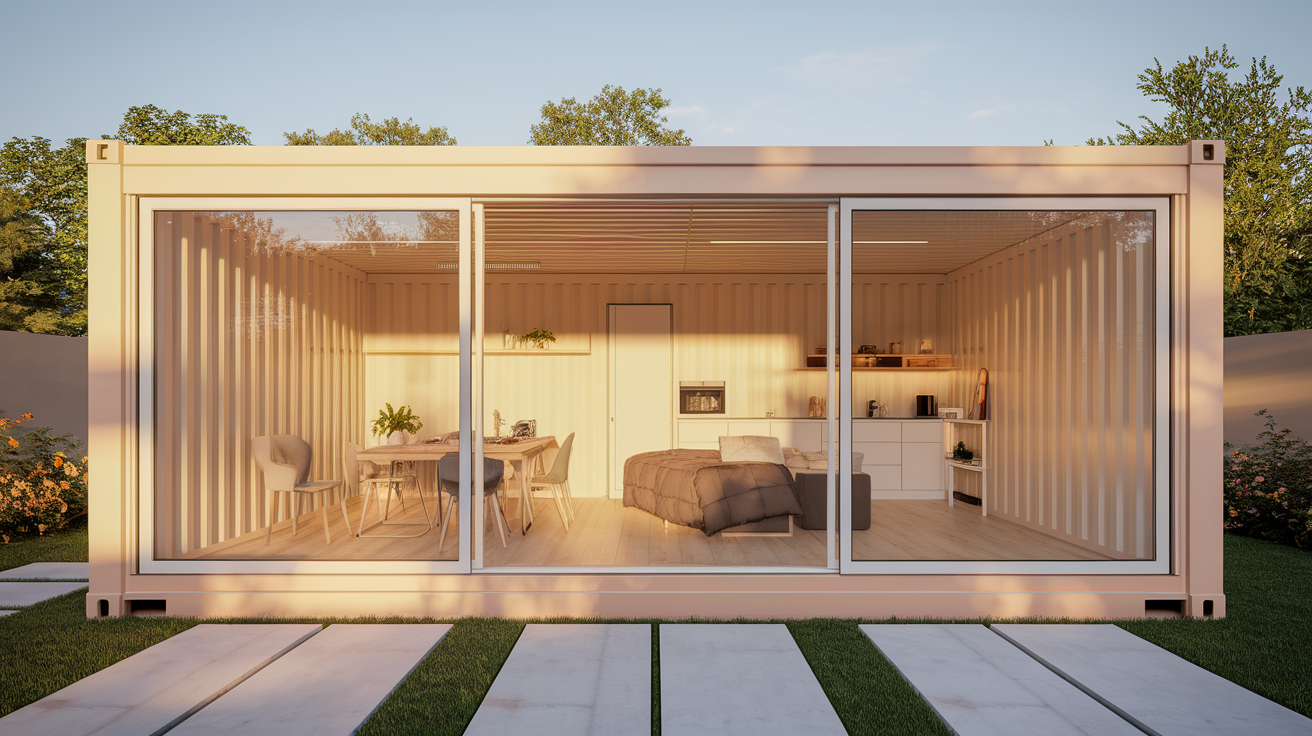
The design features clean lines, open spaces, and a single-color scheme with one accent. Large glass brings natural light while hidden storage maintains tidiness.
Multi-use furniture and visible container elements complement the basic kitchen with compact appliances ideal for limited space.
2. Multi-Container Stacked House
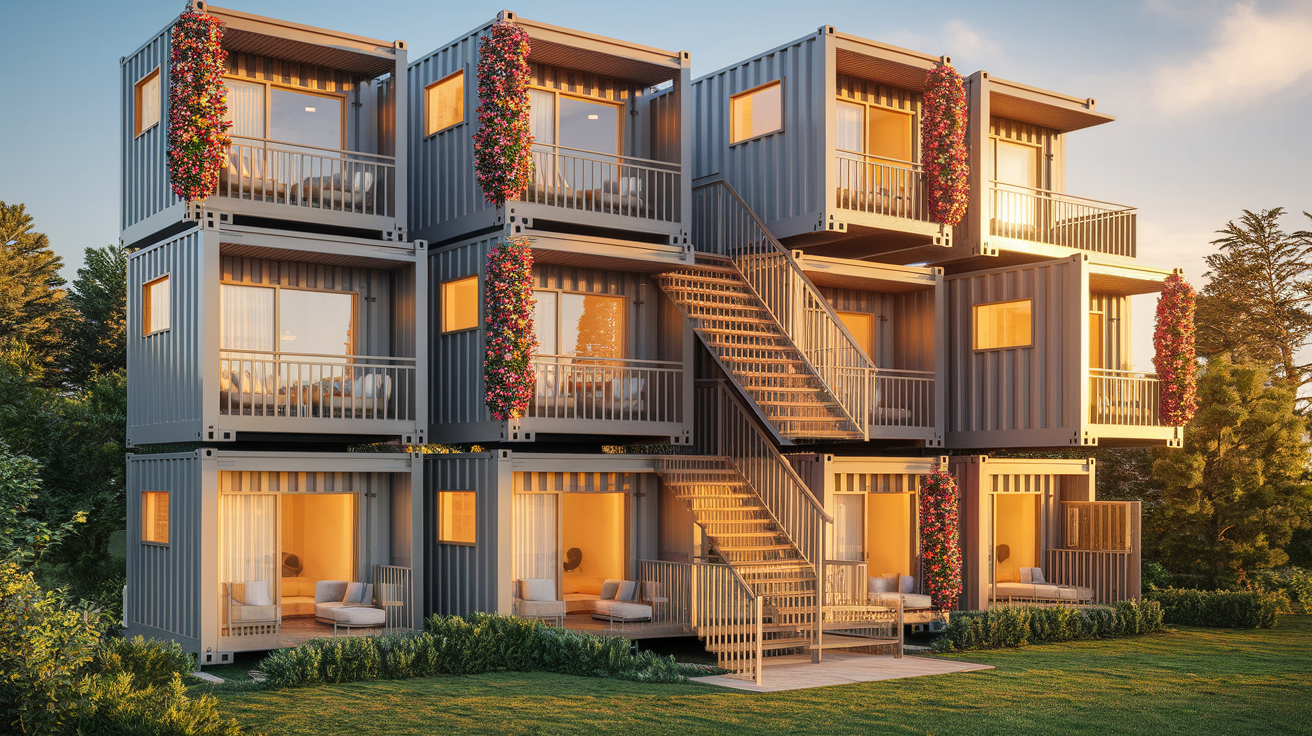
The design uses clean lines, open spaces and a single-color scheme with one accent. Large glass panels maximize natural light, while hidden storage maintains tidiness.
Multi-use furniture and visible container parts complement the basic kitchen with compact appliances perfect for small spaces.
3. Eco-Friendly Garden House
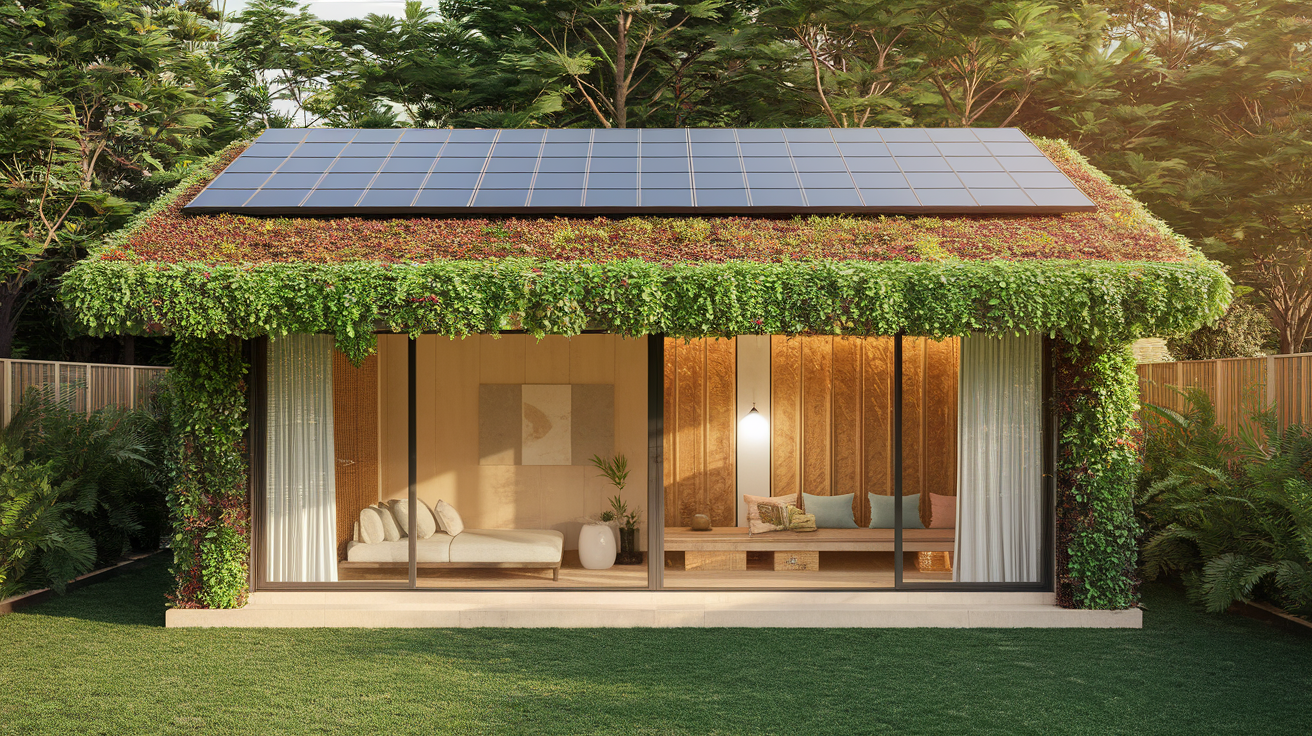
The design combines nature and sustainability with sun panels, plant walls, and rain collection. It offers eco-friendly toilets and natural materials throughout.
The planted roof and strategically placed windows capture solar heat while connecting indoor spaces with the outside.
4. Shipping Container Cabin
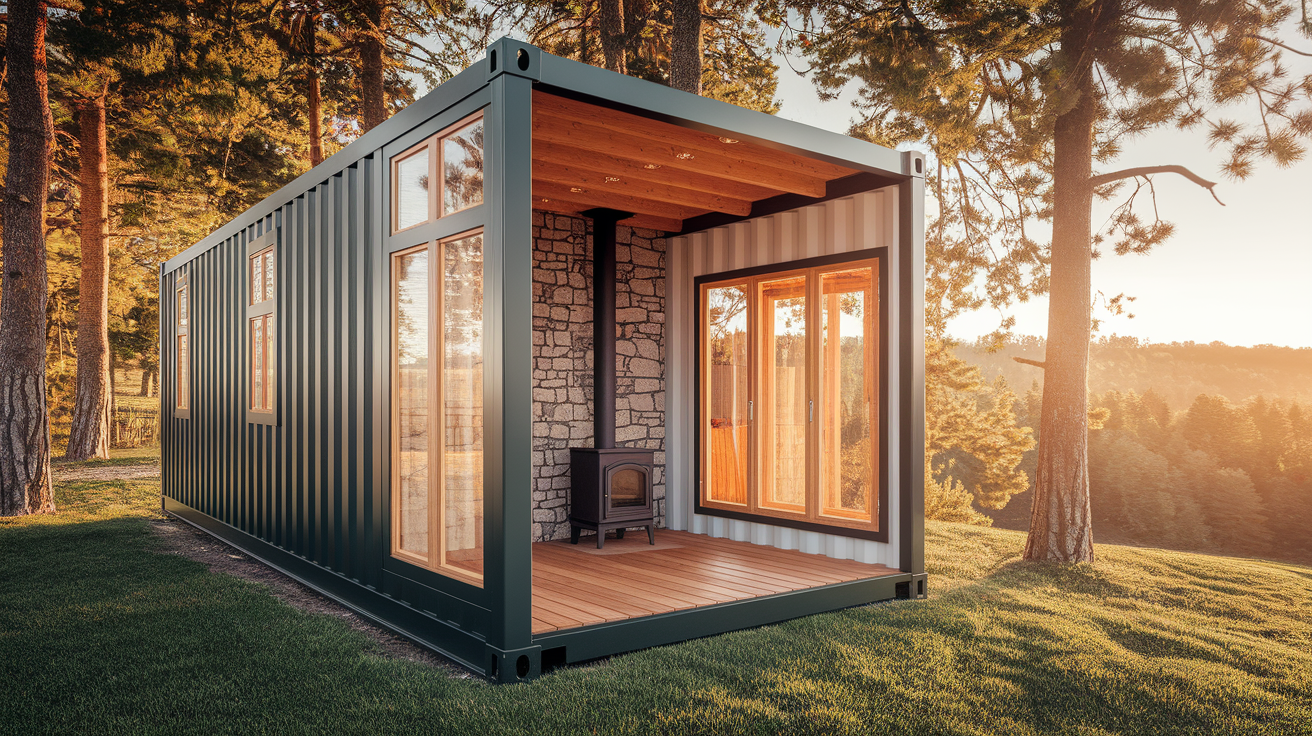
This retreat warms its metal structure with wood-covered walls inside. A stone or wood stove serves as the focal point, with a sheltered porch extending living space outdoors.
Wooden beams, natural floors, and large windows frame stunning views. The furnishings are simple and rustic, true to cabin style.
5. Luxury Shipping Container Home
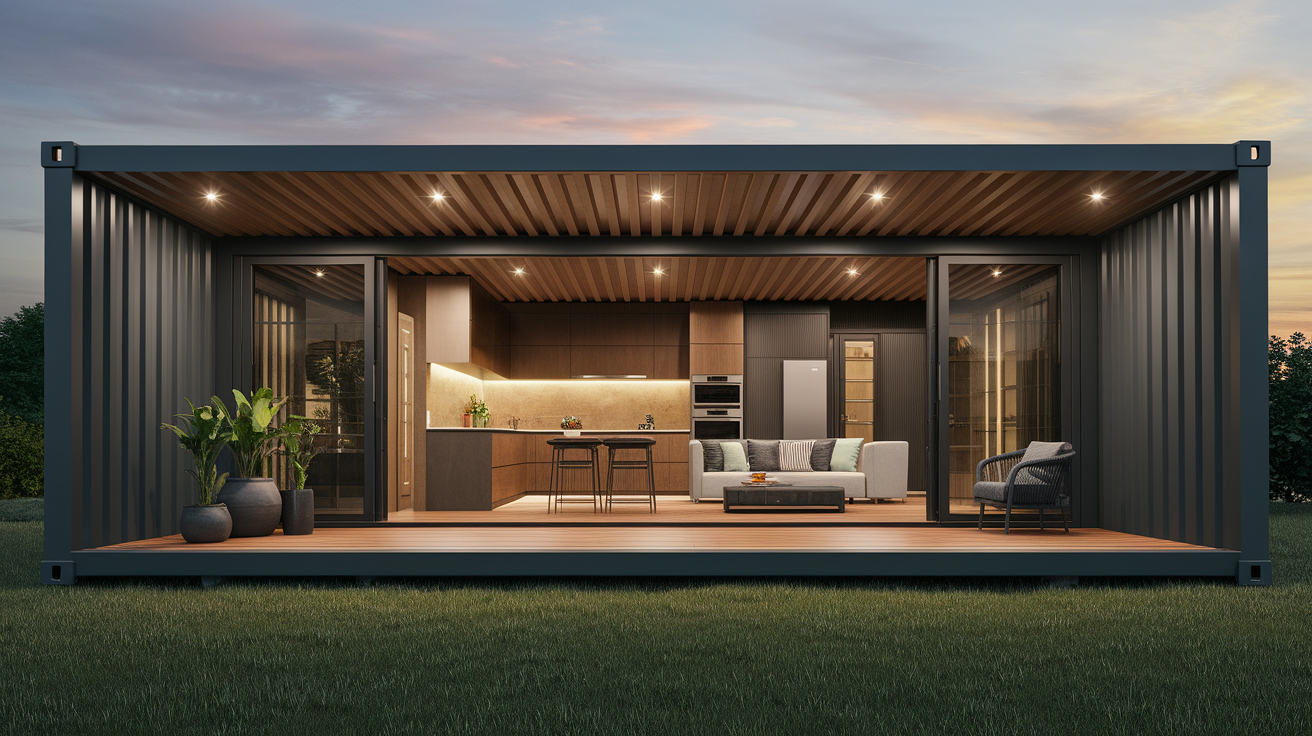
This high-end design showcases refined container living with quality materials and an open main space with a premium kitchen. It includes a hotel-quality bathroom, custom storage, and computer controls.
Floor-to-ceiling windows and tall ceilings with inset lights maintain luxury while preserving the practical aspects of container living.
6. Container Home with a Deck
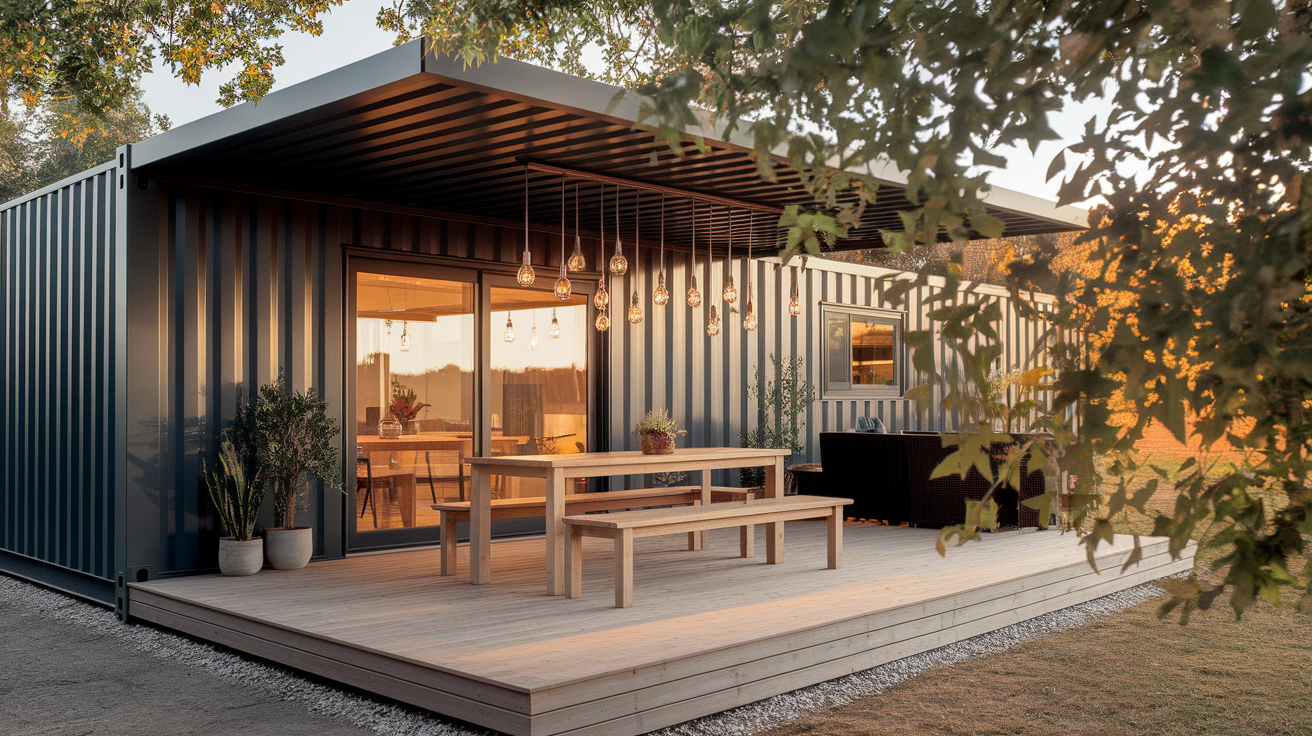
This design adds outdoor space with a simple deck. It extends the living area, making the container feel larger.
The deck is perfect for meals, entertaining guests, or enjoying quiet time. Basic furniture and plants create a pleasant outdoor area that fits with the main unit.
7. Compact Off-Grid Container Home
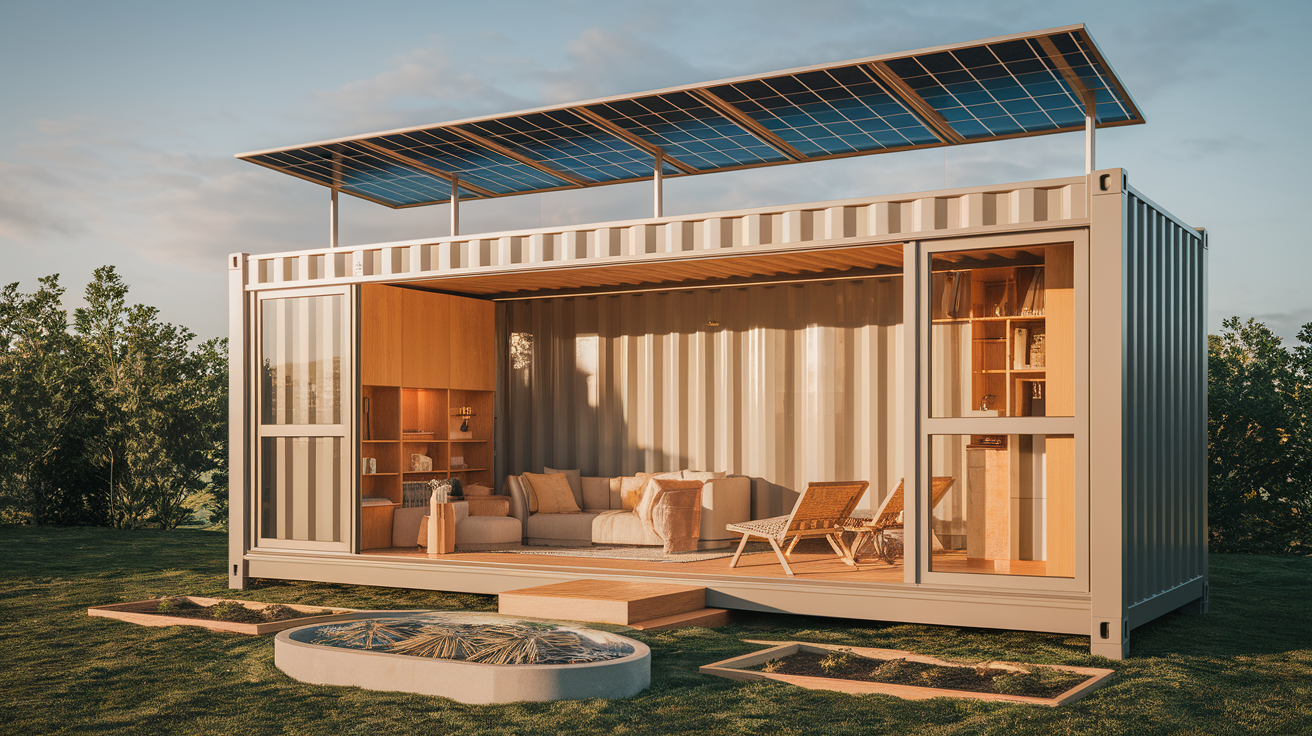
This self-sufficient design utilizes solar power and water collection to operate independently of utilities. It uses resources wisely with efficient appliances and good insulation.
It features multi-use spaces to maximize space efficiency. Most have fold-away items and smart storage that blend function with comfort.
8. Modern Industrial Container Home
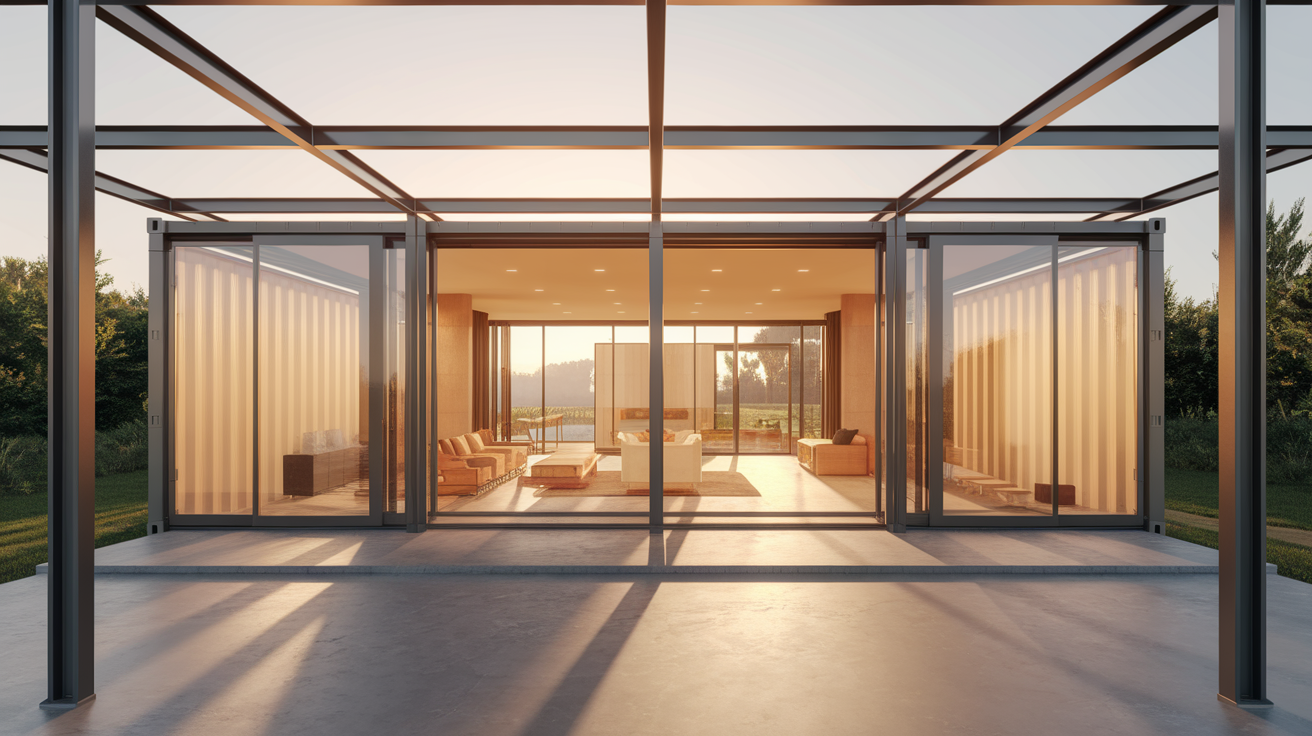
This style incorporates industrial elements as its key features. Metal beams become an integral part of the design, complemented by large windows that allow for ample natural light.
The inside has open spaces with concrete floors. Colors are mostly neutral with some bright spots. Suitable for individuals who prefer simple lines and basic materials.
9. Container House with a Rooftop Garden
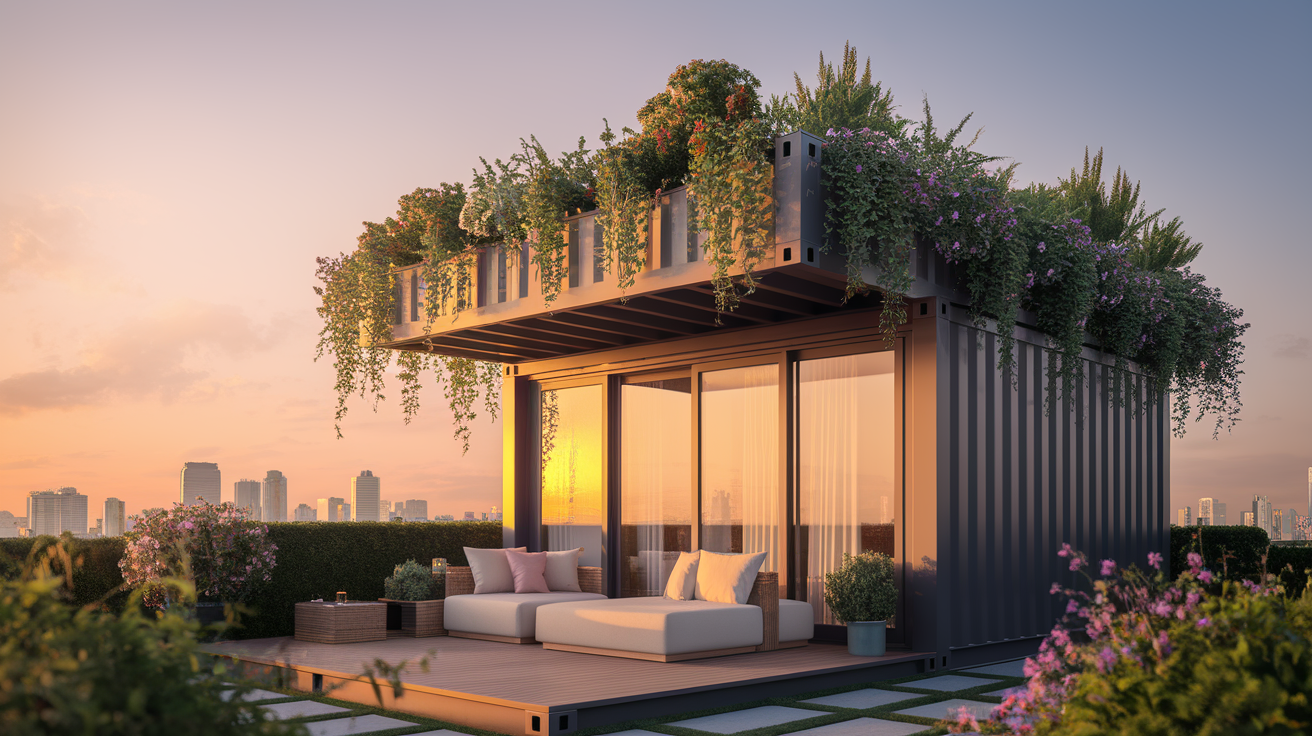
This design puts a garden on top of the container. It adds green space for plants and rest without using extra ground area.
The roof garden helps with cooling and adds value to small city lots. Many owners grow food or create sitting areas with good views of their surroundings.
10. Floating Container Home
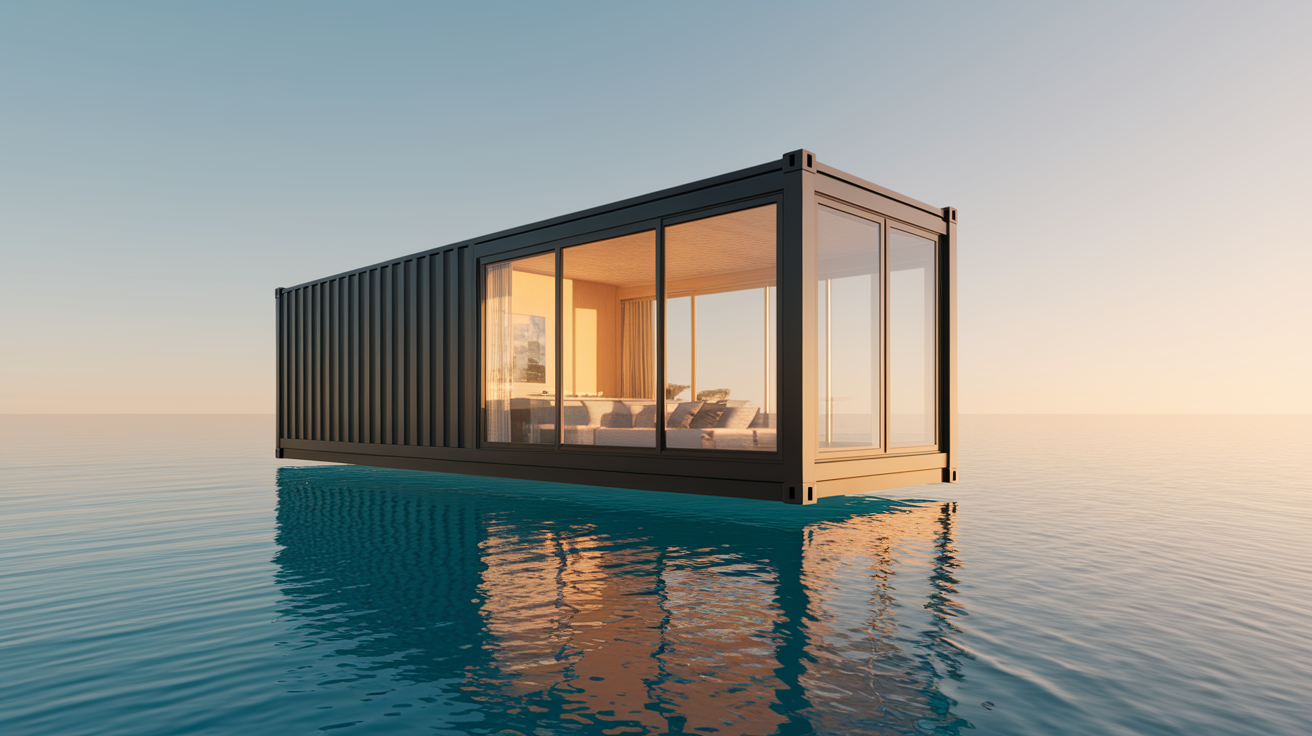
This places a container on a floating base for use in water locations. It is made from water-safe materials and features a careful weight balance.
It features large windows toward the water. Inside, open plans make small spaces feel bigger. Perfect for affordable life on water.
Step-by-Step Guide to Building a Container House
Building your own container home might seem complex, but breaking it down into manageable steps makes the process much clearer. Here’s how to turn a steel box into your dream home:
1. Choose Your Container Type
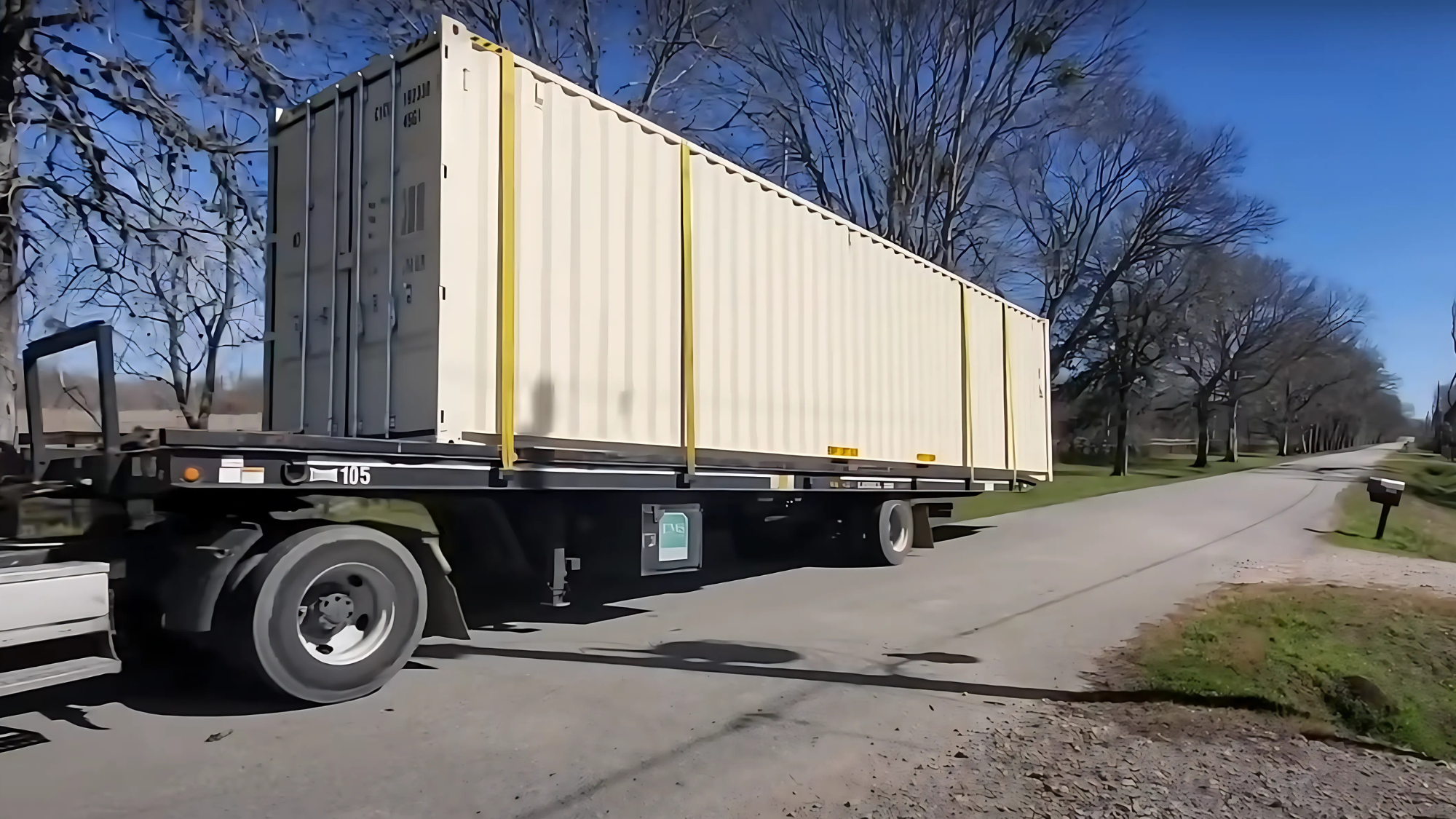
Choose a 40-foot high-cube container for extra space. Check for structural issues, damage, and compliance with local housing rules.
Verify the container’s past use to avoid chemicals. Look for minimal rust and strong corner posts.
2. Foundation and Support
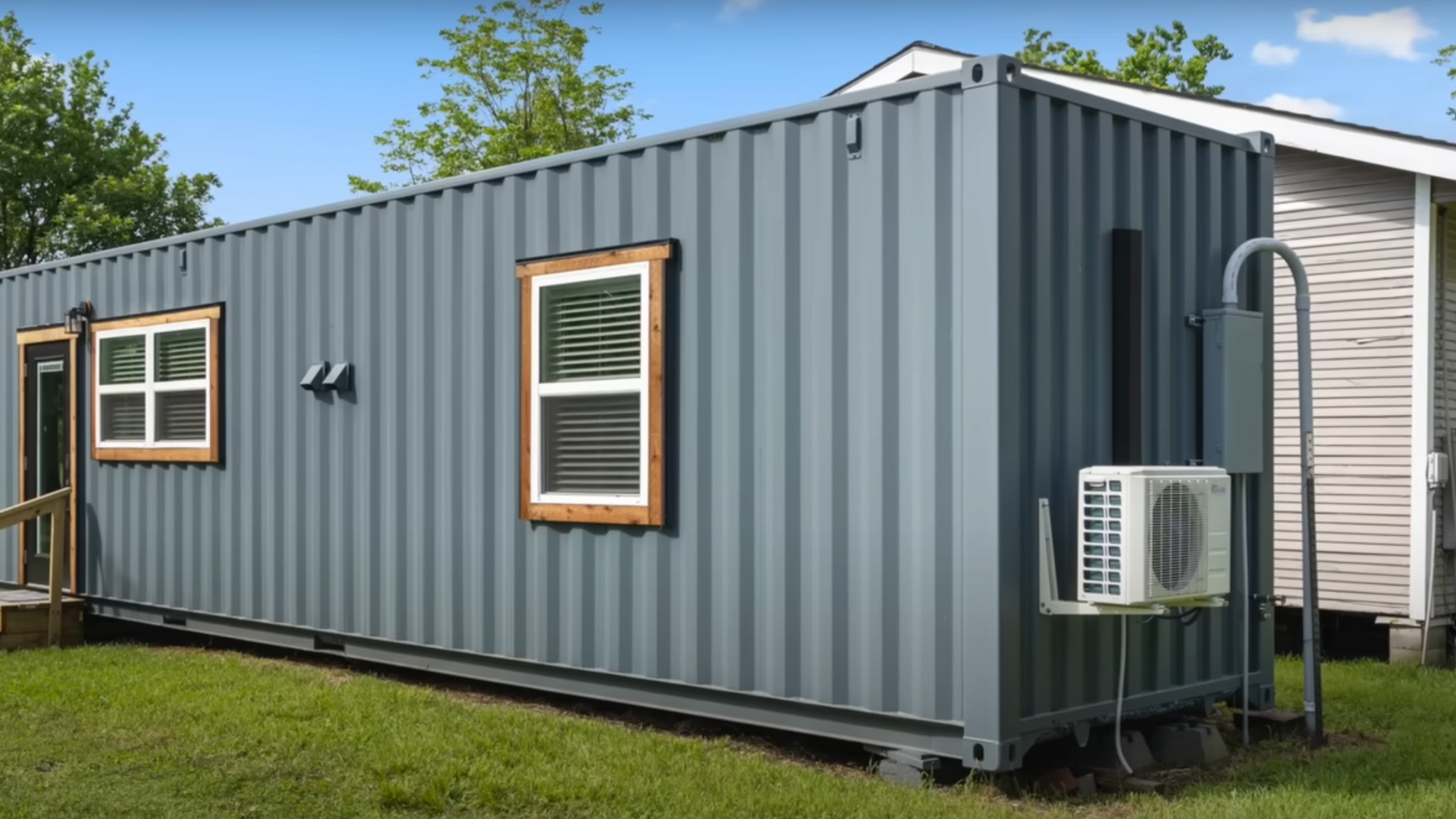
Place containers on railroad ties or concrete piers. Ensure level positioning and proper grounding. Check soil conditions and water flow.
Consider frost depth in cold areas. Use water barriers to prevent rust.
3. Window, Door, and Climate Control Setup
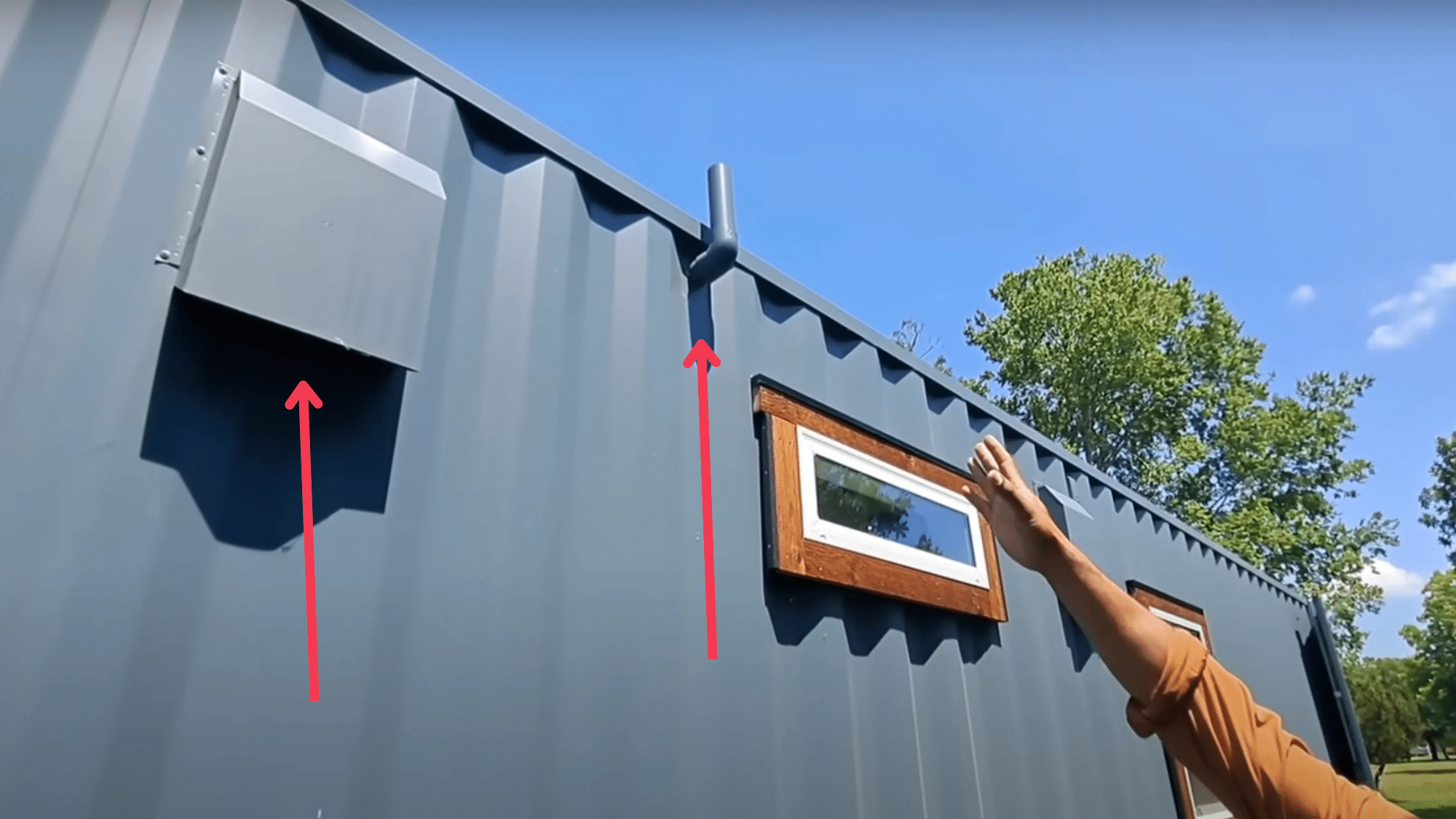
Mark ideal spots for windows and doors to maximize natural light, using the block method for simpler installation. Add proper framing and consider double-pane options for better insulation.
Include spray foam or fiberglass in walls for temperature control, along with proper venting in damp areas and vapor barriers to manage moisture.
4. Utilities Setup

Install plumbing and electrical systems following local codes. Consider mini-split units for heating and cooling, and ensure good drainage for all plumbing.
Plan access points for system upkeep. Look into on-demand water heaters to save space. Add plenty of outlets throughout, including USB ports for easy charging
5. Essential Kitchen and Bathroom Features
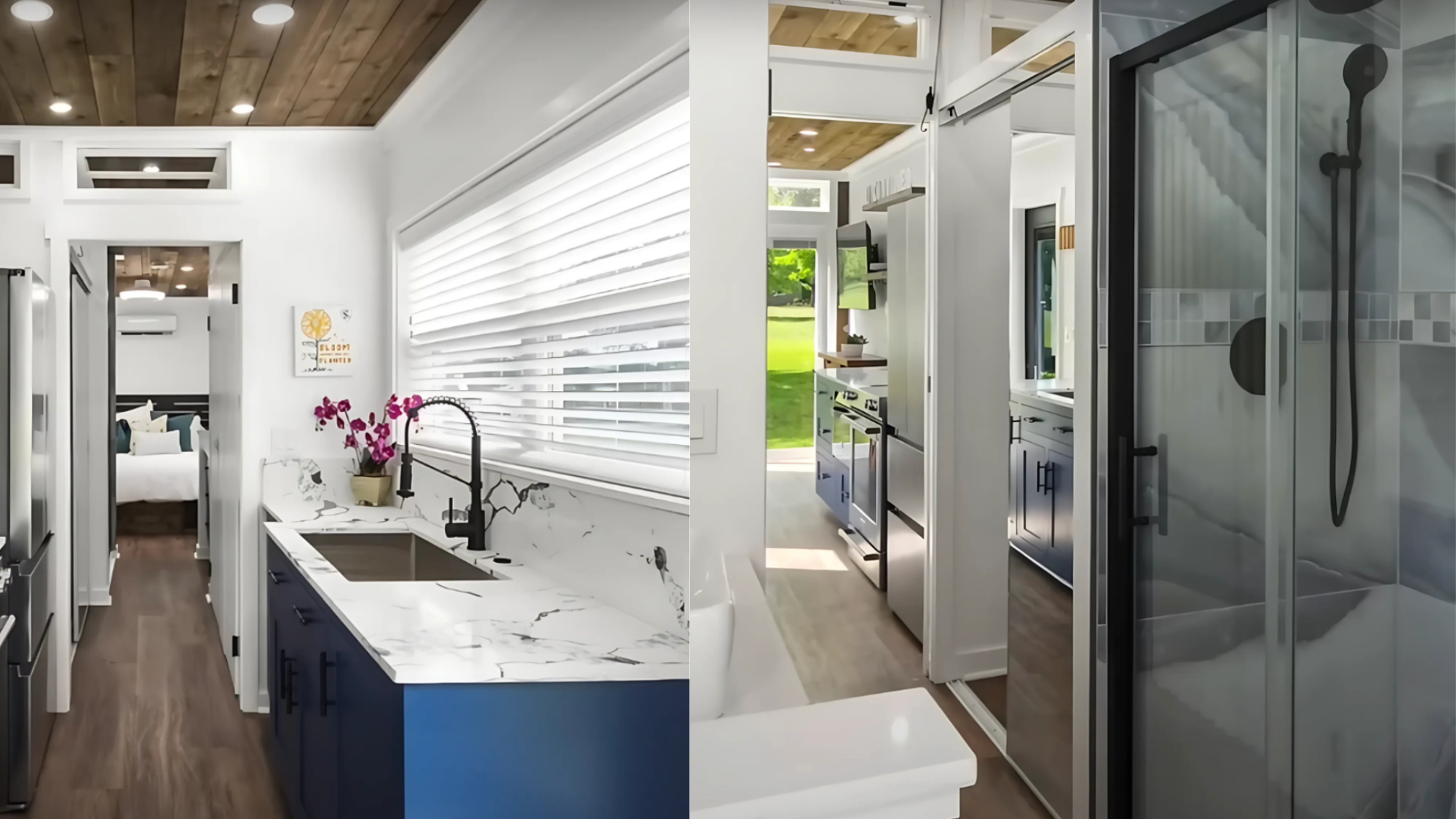
For the kitchen, consider adding a microwave, a full-size stove, and quartz countertops, along with compact appliances where needed.
Maximize storage with pull-out systems and organizers. In the bathroom, include an on-demand water heater, a rain shower, space-saving doors, and built-in niches.
Consider also adding a laundry area and water-saving toilet options.
6. Bedroom and Lighting Solutions
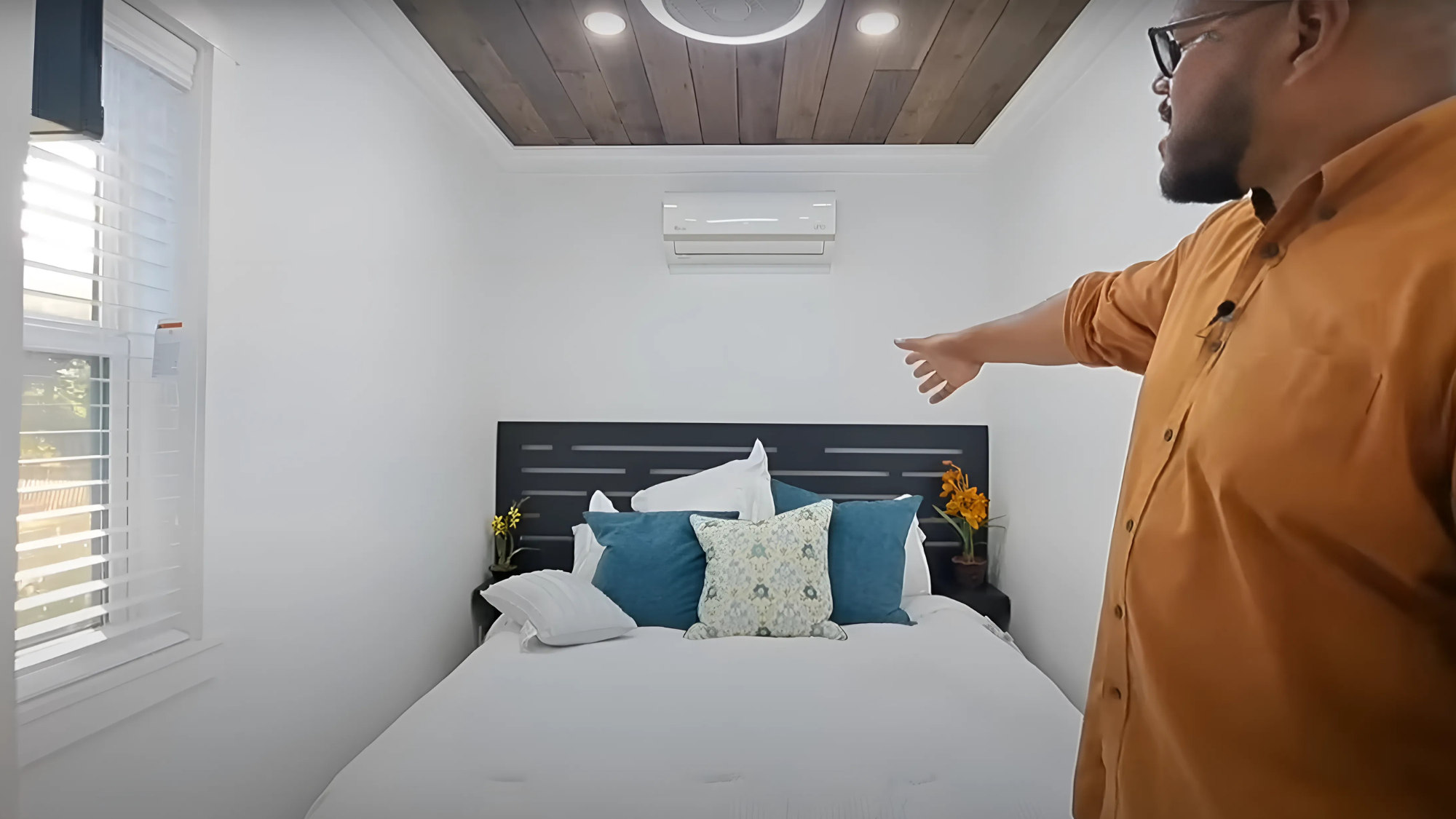
Design a cozy sleep area with built-in storage and wall fixtures to save floor space. Consider a platform bed with drawers and wall lights instead of table lamps.
For lighting, install energy-saving LEDs throughout with different options for various tasks, including recessed fixtures, under-cabinet lights, and dimmers for brightness control.
7. Final Quality Checks

Test all systems fully: plumbing, electrical, and temperature control. Verify that all seals, windows, and doors are properly installed to ensure effective weather protection.
Look for any sharp edges that might cause injury. Ensure that smoke and carbon monoxide detectors function properly. Test all appliances before final move-in.
Video Tutorial
For more information, check out this video tutorial by Exploring Alternatives.
Common Concerns
Heat and Cold Issues: Containers require effective insulation to remain comfortable year-round. With proper methods, this challenge is easily solvable.
Size Limitations: Containers are available in fixed sizes, which can be a challenge. Combining multiple units or utilizing smart layout plans can maximize your space.
Shape Constraints: While containers are simple rectangles, good design can create homes that are both beautiful and practical.
Conclusion
Container homes offer an opportunity to create an affordable, functional living space with a personal style. With proper planning, shipping containers can be turned into comfortable, durable homes tailored to your specific needs.
If you prefer simple designs, green features, or multi-story layouts, these homes offer many customization options. By choosing a container home, you help create a more sustainable future through the reuse of materials and reduced waste.
By following our step-by-step guide, you’ll have a clear roadmap for building your own container house, from selecting materials to the final finishing touches.
Looking for more ideas? Check out our other DIY Project guides to create a space that’s uniquely yours.
Frequently Asked Questions
How Long Does it Take to Build a Container House?
Simple designs: 2-3 months. Complex projects with multiple containers: 6-8 months. Much quicker than standard homes.
What are the Costs Involved in Building a Container House?
Basic single-container: $30,000-$40,000. Larger designs: $100,000-$200,000. Still cost-effective compared to regular houses in most areas.
Is it Safe to Live in a Shipping Container Home?
Yes. Steel structures offer strength against weather, pests, and fire. Proper air flow and chemical testing are key safety steps.

